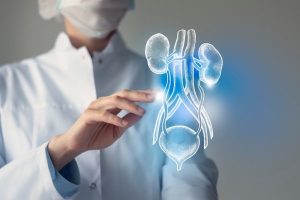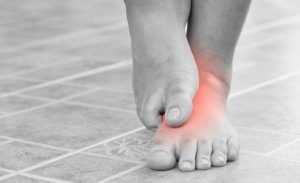

In either case, chronic or acute, neuro musculoskeletal pain is a major impediment to the quality of one’s life. But that doesn’t mean that the answers will be satisfactory, for if traditional treatment with medication or invasive procedures fails. Photobiomodulation (PBM) –the low-intensity, visible-light form of laser therapy–has become a mainstream treatment for pain in recent years, largely because it is safer and far more effective. What’s wrong with treating neuro musculoskeletal pain with PBM? This blog is going to take this on.
Comfortably pain free Another of PBM’s major pluses is that it provides non-invasive, drug-free treatment. In contrast to numerous kinds of medications that have all kinds of side effects or invasive procedures carried out in enclosed hospitals with dangers lurking everywhere, PBM employs low-level light stimulation to bring the body’s natural healing ability into motion. The fact that it is non-violent and free of side effects means it is a useful thing for people wanting to break away from standard pain relief treatments.
Most research into PBM in the past focused on the effectiveness of the method in healing pain related to many kinds of long-term and short-term neuro musculoskeletal disorders. PBM encourages cellular regeneration and reduces inflammation, increasing the flow of blood to affected zones, accelerating the healing of the injured area and bringing pain relief. As for arthritis, fibromyalgia, sports injuries, post-surgical pain, PBM is effective in most cases.
PBM devices deliver certain wavelengths of light, which can reach to the deepest layer of tissues and to specific areas. Through this, selective treatment can be made without effecting other areas and causing unnecessary pain. Besides this, PBM has few side effects, unlike regular painkillers, which typically make people feel drowsy, give them gastrointestinal problems, or lead to fears of addiction. Since they emit no heat, there us no need to worry about unexpected side effects with PBM.
Neuro musculoskeletal pain often restricts movement and hampers daily activities. PBM therapy can help improve range of motion, flexibility, and overall functionality by reducing pain and inflammation. Whether you’re an athlete looking to return to your sport or an individual seeking to regain independence in daily tasks, PBM can be a valuable adjunct in your rehabilitation and pain management plan.
Unlike certain traditional treatments which call for constant adjustments in medications or require repeated invasive procedures, PBM harms no tissues and provides long-term effects. The Body Under the Bridge Retrieved from the verge Inherited, not acquired With regular treatments, the impact of PBM can accumulate over time, so sufferers experience long-term pain relief and improved quality of life. Also, the fact that PBM therapy is now considered more cost-effective than continual medication or surgical treatment should only be welcomed by any sufferer continually working to find a sustainable cure.
Conclusion
In treating this type of pain, if it is neuro musculoskeletal pain, then considering using therapy involving photobiomodulation does not seem a bad idea. Innovative and proven effective for both chronic and acute pain problems, PBM’s non-invasive nature, precision targeted to eliminating the pain, improved functional expense it than its predecessors. Long-term therapy that difficultly it, causes and relief systems, and aftercare. Non-drug treatments Changing the mindset of pain If you’re interested in this safe and effective new therapy, schedule a consultation with a health care provider to learn more about today’s natural, non-drug, efficient ways to regaining control over your pain.






Stay informed on the newest treatments, technology, and exclusive offers. Subscribe to Ohr Medical’s newsletter with your email address and receive periodic updates without interruption.